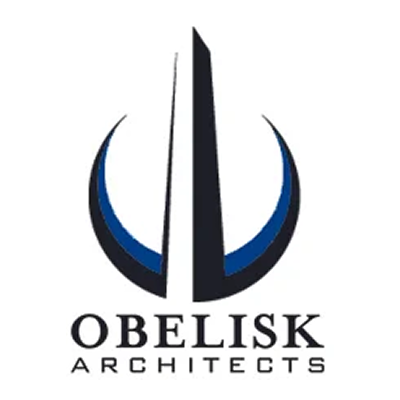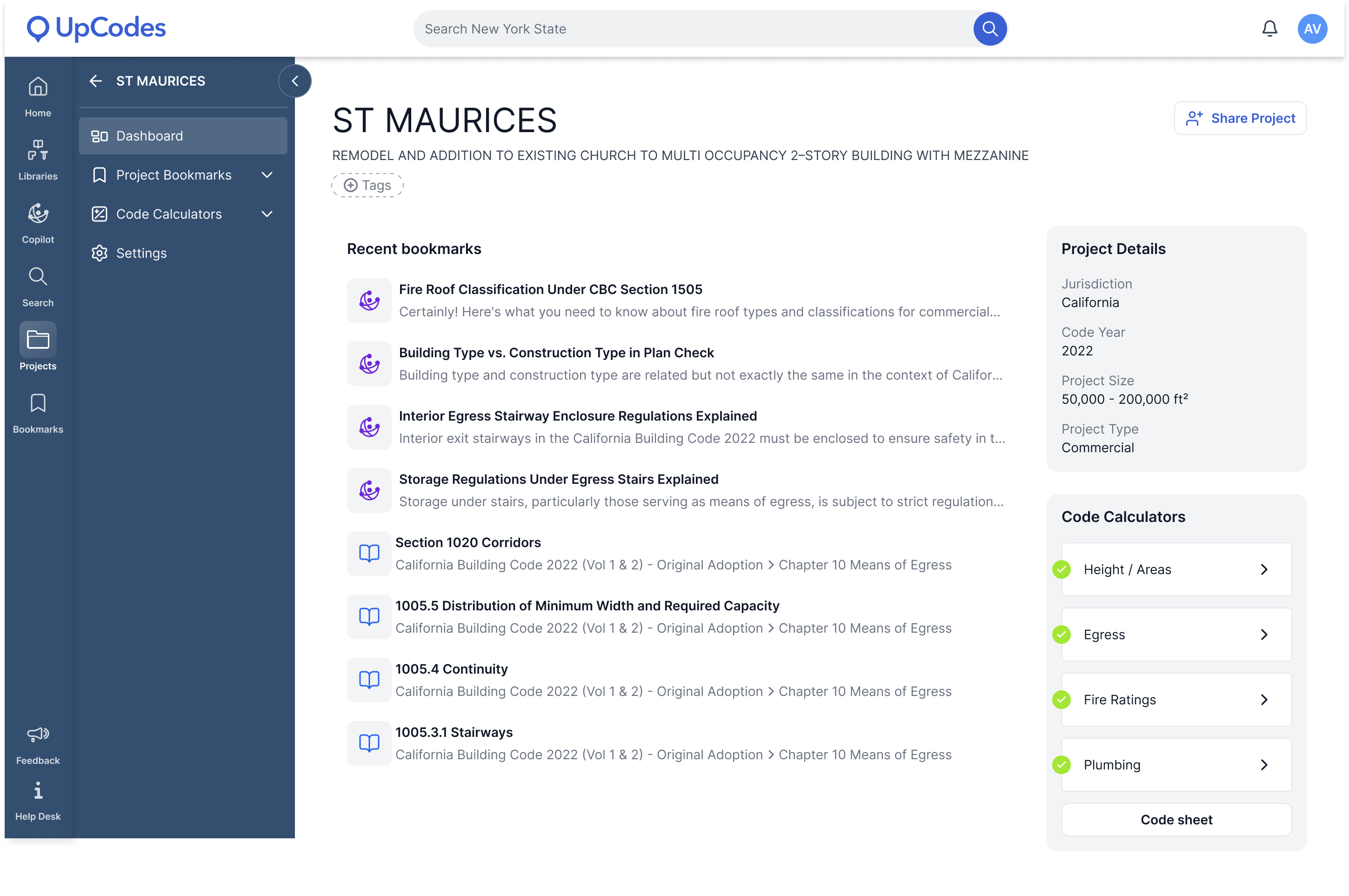
What if one tool could transform your most stressful, time-consuming process into your newest competitive advantage? That's exactly what happened when Obelisk Architects discovered UpCodes. They traded in their manual code research process for a modern compliance platform that could help them manage 10-15 projects at a time.
Founded in 1997 by Nagy Bakhoum in Torrance, California, Obelisk Architects has built a reputation for timeless architecture rooted in historical precedent and unique design solutions. Specializing in high-end commercial and residential projects—from retail spaces to ecclesiastical buildings—this five-person firm punches well above its weight class.
But their output was often hampered by fractured building compliance tools, a reality that’s all too common for architecture firms.
The Challenge: When Code Research Becomes a Bottleneck
For small architecture firms like Obelisk, every hour counts. "Our time is what we sell," explains Nagy. "If you save me time, you save me money." They found that their code research process was eating away at billable hours and creating unnecessary project risks.
Picture this scenario: Nagy is stuck in client meetings, and his project manager, Michael Villegas, needs an urgent answer about the code. Michael's process looked like this:
- Haul out the physical code books
- Sort through annotations on countless sticky notes
- Cross-reference against local amendments in a PDF
- Hope he finds the right regulation
- Consult with Nagy (in between meetings)
This process was slow, unreliable, and stressful.
What’s more, code issues that surfaced too late in the project created costly delays and rework. Michael describes "panic-inducing" moments when new shoring or setback requirements would force major changes, like shrinking walls or reducing the number of units in a residential project.
The Obelisk team knew they needed a new compliance workflow that could keep up with the speed of their projects and reduce risk.
The Solution: Streamlining Compliance with UpCodes
When Michael discovered UpCodes, he described it as a "heaven-send." Instead of juggling physical books and scattered notes, he now had a centralized platform to organize code research, track local changes, and get instant code answers with an AI-powered assistant.
UpCodes didn't just digitize their existing process—it fundamentally changed how they approach code compliance, moving from reactive to proactive.
How Obelisk Architects Uses UpCodes
1. Efficiently generate code summaries
Gone are the days of scouring physical books and PDF amendments to generate accurate code summaries. Now, the team bookmarks all relevant code sections in UpCodes and then exports them to add to their documentation. "We add all the code sections relevant to UpCodes Projects. Then we export this and use it as code summaries in our drawings," Michael explains.

2. Automate code calculations
Manual code calculations used to be time-consuming and error-prone, but Nagy shares that the real challenge comes from the "hurry-up-and-wait" permitting process. Cities require architects to produce elevations quickly to get into their hearing schedules, but they're not looking for granular details at that stage. This creates an environment where compliance requirements slip through the cracks.
The Obelisk team found themselves in that situation when working on a Sunday school building in Torrance. Thankfully, the Code Calculator flagged that the required restroom count was too low. Catching that issue early meant a simple design adjustment instead of a costly redesign after plan submission.
The Code Calculator helps the team validate height and areas, egress requirements, plumbing fixture counts, and fire ratings. After inputting basic requirements about the project, UpCodes will automate code calculations and flag potential errors.

3. Proactively identify issues with AI
Instead of discovering code violations or additional requirements after permits are pulled, the team asks UpCodes Copilot a strategic question before they submit: "What kind of questions can I expect from the city?" This proactive approach surfaces potential issues while there's still time to address them.
On their current 50,000-square-foot church project in Pomona—complete with 80-foot towers—they put Copilot to the test. UpCodes AI identified that the massive project would trigger specific fire ratings, clarified fire lane specifications, and even surfaced a diagram that explained hose pull requirements. "If we hadn't found this with Copilot, we could have gotten into delays after submitting it for permits," Nagy explains.
Copilot even answered a unique condition that the Obelisk team had never encountered before: requirements for a crypt in a church.
.png)
4. Clarify plan corrections
California architects know that plan checker corrections are inevitable. However, when you get a correction from a building official or fire authority, the notes aren’t always detailed, often leading to multiple resubmission cycles.
Now the Obelisk team uses Copilot to decode these corrections and get a fresh perspective on what the plan checker might care about, all within the context of the relevant code. Recently, they received a correction about the radius of a fire lane that wasn't clear. Rather than risk another incorrect interpretation, they used Copilot to understand the specific concern and get guidance on addressing it.

Copilot helped them craft precise notes on the drawing that directly responded to the plan checker's concern, eliminating the guesswork and potential for miscommunication.
.png)
Real-World Impact
- Hours of Code Research Saved. Manual research that used to take hours now takes minutes with UpCodes' searchable library of local adoptions and AI-powered code research assistant.
- Fewer Plan Corrections. For a 10,000 square foot project in California, the Obelisk team typically sees 6-9 pages of corrections. After implementing UpCodes on a recent project in Torrance, they reduced their plan corrections to 3 pages—a 66% reduction.
- Risk Reduction. Proactive issue identification with Code Calculators and UpCodes Copilot mitigates costly delays and rework.
- Increased Confidence. The firm has shifted from reactive problem-solving to proactive compliance management. They approach each project confidently, knowing they can quickly access up-to-date codes and effectively interpret and apply them with UpCodes.
Making Compliance Your Competitive Edge
The Obelisk team is proof that the right tools don't replace architectural expertise—they amplify it. By automating compliance processes with AI-powered platforms like UpCodes, architects can make space for the important work: enriching their communities with beautiful spaces.
Firms that embrace these tools early gain a competitive advantage, turning their biggest operational challenges into strategic differentiators.
new content.

